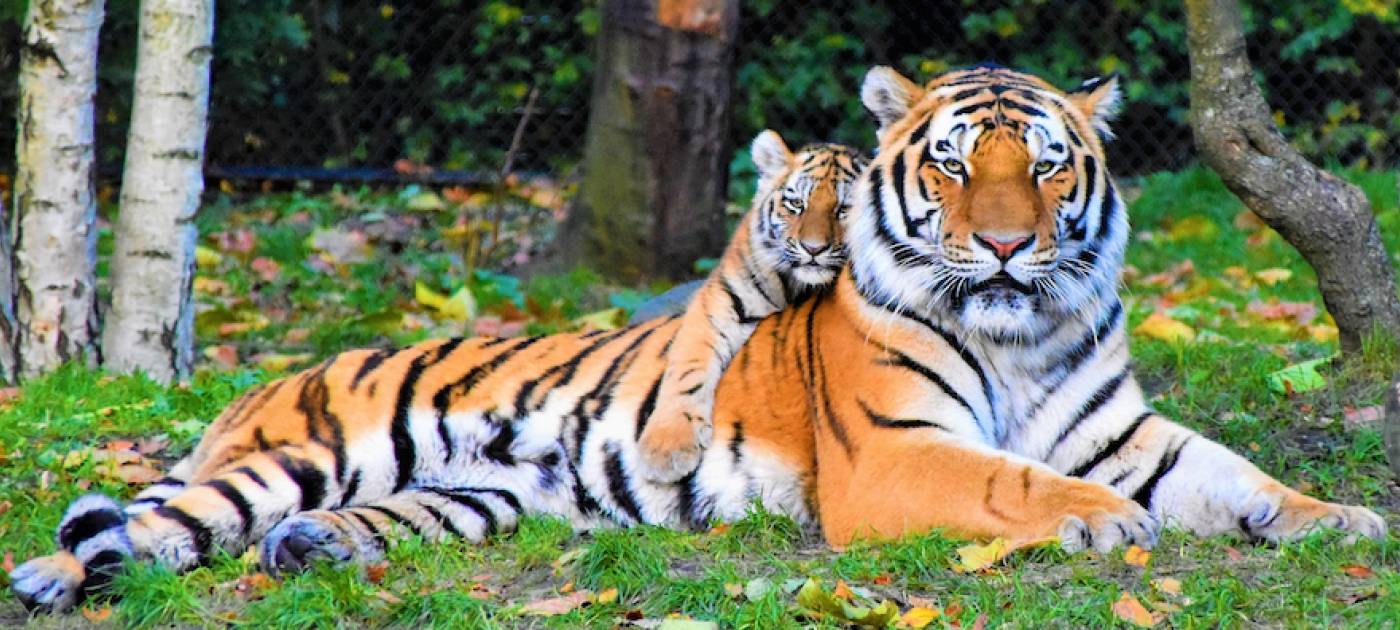For wildlife lovers who also want to contribute to preserving one of the planet’s most iconic species, participating on a Tiger watching tour to the Indian subcontinent is a thrilling and memorable way in which to raise the profile of this magnificent animal. But there are many aspects to the successful conservation of a species, and one of the most important is that of on-going research.
In the case of the Tiger, the vast amount of research carried out by scientists and naturalists into the big cat’s habits and behaviour has contributed to a great number of practical conservation applications. Without in-depth scientific research, conservationists would not be able to gain an accurate picture of the animal’s populations and implement appropriate, directed strategies.
The Role of Science in Preserving Wildlife
Over the past few decades, Panthera tigris has become one of the most studied of all the big cats. While it also remains one of the planet’s most enigmatic animals, thanks to the work of dedicated scientists around the world, we have a broad knowledge base about its breeding, hunting and population status.
Because their survival remains so precarious, the focus of much of the research has been on issues that can directly assist in their preservation. However, in the past few years, scientists have broadened their studies into the fields of genetics, anatomy, behavioural issues and environmental threats. Indeed, it is when one or more of these fields intersect that some of the most valuable observations have been made and appropriated into conservation projects.
Genetics and Habitat Management
One example lie in the conclusions drawn by a group of Welsh scientists on the lack of gene diversity in the Indian species of the big cat. This has been caused by fragmentation of their habitat, where inbreeding occurs due to a reduced range, resulting in poor prospects for long-term survival and decreasing populations.
By highlighting a solid connection between habitat management and the need for genetic diversity to increase their chances of long-term survival, genetic researchers are (if inadvertently) set to take on a vital role in this high-profile conservation issue.
This particular group of scientists is not alone. There are many similar projects around the world, working with conservation organisations in order to transfer their theoretical knowledge into practical solutions for the big cat and other wildlife species. In Sumatra, for example, researchers are using data collected on the big cat’s faeces to perform genetic analyses, which form the basis of a conservation strategy for habitat management.
Tiger Watching: Conservation in Action
The job of preserving this magnificent animal does not lie with scientists and researchers alone, because everybody can play a part. Travelling with a responsible Tiger watching operator is a very real way of participating in the fight for its survival, by raising its profile, highlighting the need to support local community infrastructure, and nurturing a peaceful and respectful co-existence between the big cat and humans.
Marissa Ellis-Snow is a freelance nature writer with a special interest in Tiger watching. Being passionate about her subject, Marissa chooses the expert-led wildlife holidays organised by Naturetrek, which have brought her unforgettable sightings of a wide range of wildlife in some of the most spectacular regions on Earth.


